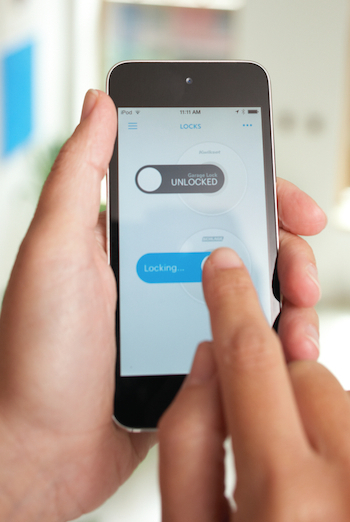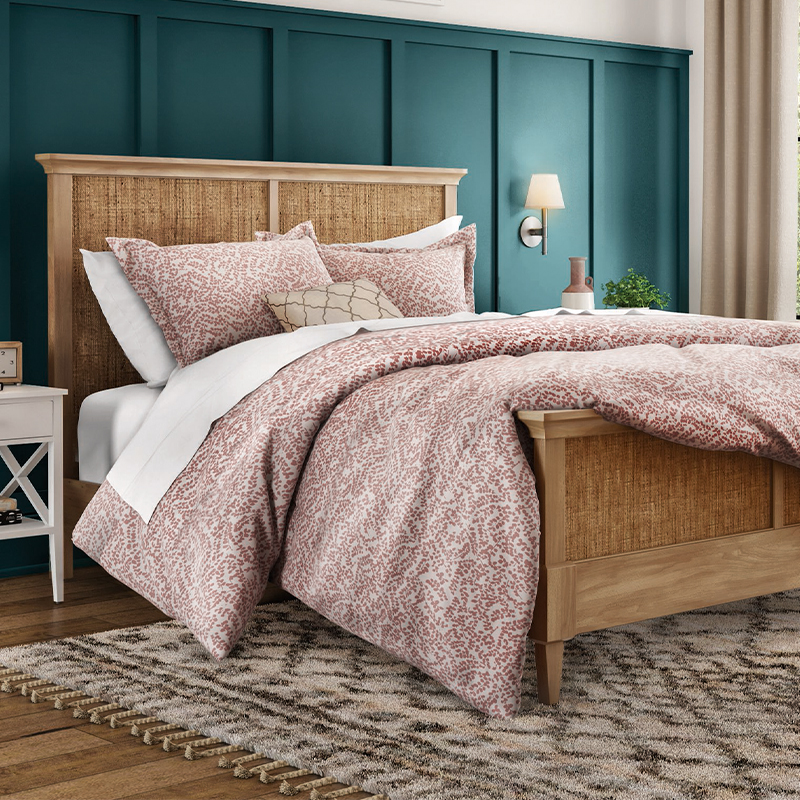Among all the shiny new gadgets at this year’s 2015 Consumer Electronics Show (CES), the Internet of Things and the connected lifestyle seem to have taken center stage. With internet connectivity and increased functionality a growing trend in everyday items, living in a connected world has placed a strong focus on the future of home automation.
 “For years, consumers have been trying to figure out what home automation is and how it would benefit their lifestyle,” said Amanda Parrilli, director of strategic business development for The Home Depot. “Now, we’re seeing customers identify with one specific benefit – whether it is being able to remotely control a thermostat or unlock the door from their phone if their kids get home early. Once they have that ‘ah hah’ moment, they start to become more creative about how to use home automation to make their everyday lives easier.”
“For years, consumers have been trying to figure out what home automation is and how it would benefit their lifestyle,” said Amanda Parrilli, director of strategic business development for The Home Depot. “Now, we’re seeing customers identify with one specific benefit – whether it is being able to remotely control a thermostat or unlock the door from their phone if their kids get home early. Once they have that ‘ah hah’ moment, they start to become more creative about how to use home automation to make their everyday lives easier.”
Innovation Fuels Everyday User Benefits
This growing intrigue around home automation is fueled by continuous developments in functionality. On the CES showroom floor, smart plugs, bulb and sensors – things seen at the show before – were being showcased in a different way. And, with reduced prices around some of these devices, the functionality opportunities seem endless.
“Sensors are becoming less expensive, so you can have sensors in products that can work with temperature, humidity, proximity, acceleration and more to increase functionality for the homeowner,” said Amanda.
Products are using additional features to become better devices for the user, but the focus remains on enhancements that are truly valuable for the consumer. Home security cameras, for instance, are giving consumers more privacy flexibility through facial recognition. With this functionality, a homeowner can program the camera not to record specific, familiar people, like a babysitter, so he or she feels more comfortable in the home. However, it will record a stranger that comes into the house.
Openness Shifts Focus from Platforms to Products
Conversations at the show around open vs. closed platforms–meaning the degree of openness to integrating new products onto a platform–also emphasize consumer choice. On platforms like WINK, which is more open, you can have products from multiple brands, each offering a varied product selection. As more and more companies integrate new products onto multiple platforms, the conversation begins to switch from platforms to a focus products.
“The openness trend has a huge benefit for the consumer, because the consumer doesn’t shop by platform,” said Amanda. “Most people shop by the specific product and functionality they want, and with more products integrated into more platforms, the platform interoperability question becomes secondary. You can buy the product you want and it will work on multiple platforms.”
What’s Next?
New ways to interact with your home, such as gesture or voice driven technology and wearable device interaction, will be key drivers in the future of home automation. “These new innovations around communicating with your home are all about continuing to make things easier,” said Amanda. “In the future, our Bluetooth wearable devices will communicate with our home that we are approaching the garage door, and it will automatically open for us.”
While we may not see some of these future technologies hit the market this year, the next step for home automation is all about focusing on products and continuing to drive meaningful, new functionalities for the home user.






